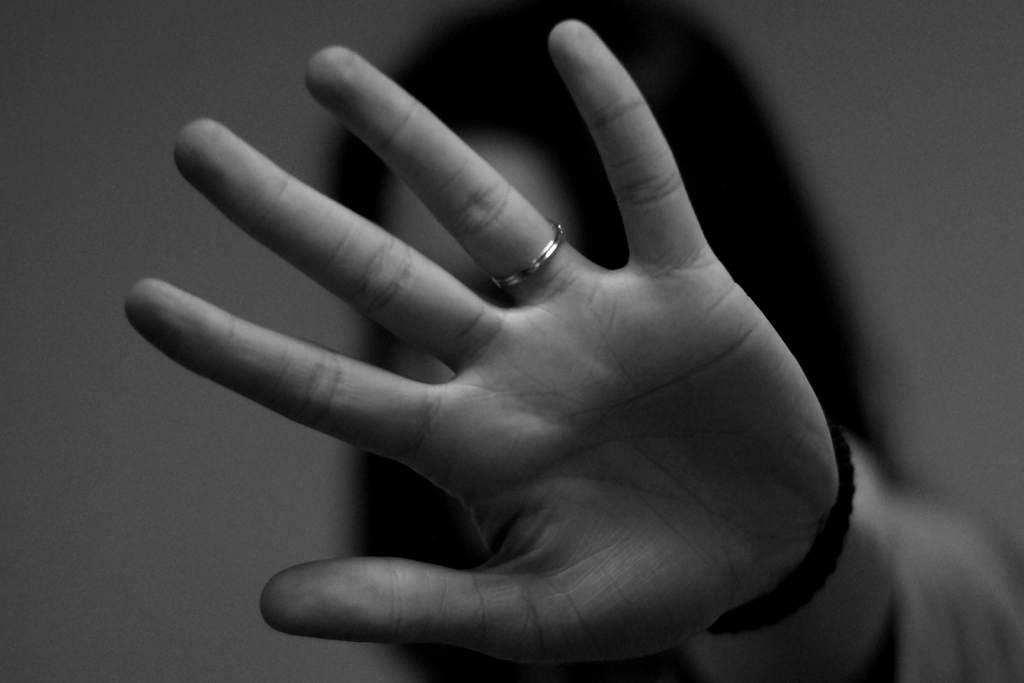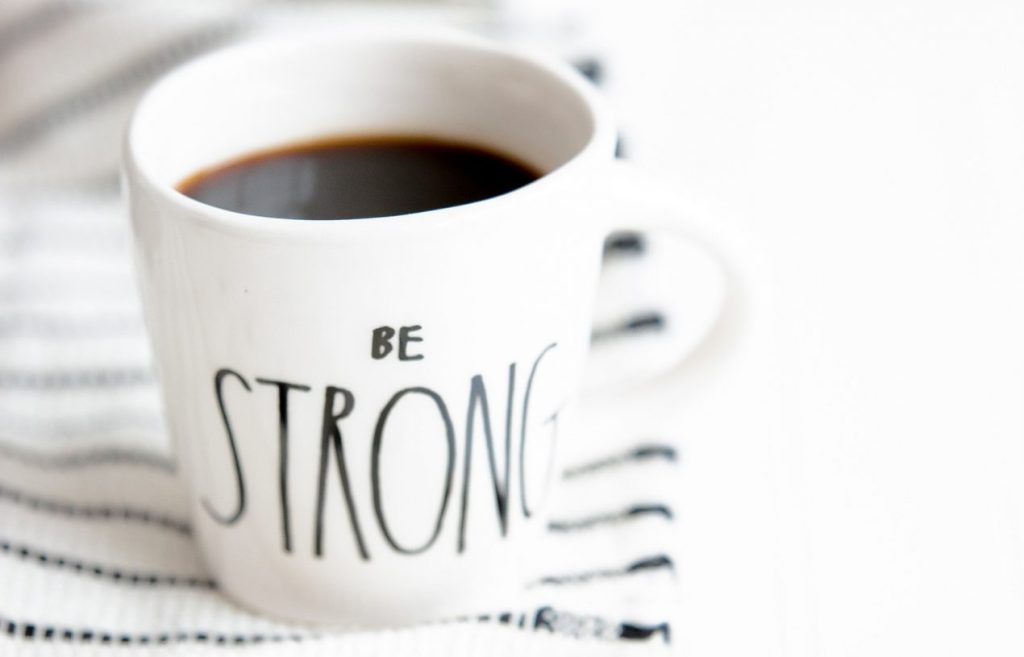My Journey with Chronic Pain
I’ve been living with chronic pain for more than two decades.
It began in 2002. I fell and hit my knee while playing basketball at school. I wore a leg brace for a month. That fall led to constant pain, back and hip pain, tingling and numbness in my hands and feet, electrical shocks in my legs, muscle soreness, and random pain and burning sensations throughout my body.
Years later I had surgery on both knees. It didn’t help. In 2012 I started having problems with lower back pain. Pain in my joints, hands (I even had multiple surgeries in my hands), just everywhere… After numerous doctor visits and tests, I was diagnosed with fibromyalgia.
I had a hard time adjusting to the pain. Sometimes I let my symptoms control me. My quality of life suffers along with my physical conditioning.
Here are some things that I wish I had known earlier in this journey with fibromyalgia.
Pain isn’t just physical. Chronic pain clearly affects the body, but it also affects emotions, relationships, and the mind. It can cause anxiety and depression which, in turn, can make the pain worse.
At work and school, I couldn’t handle the stress. I had trouble concentrating, missed deadlines, and made mistakes. At home, I didn’t sleep well and was irritable. I was plagued by negative thoughts like, “Do I want to live like this the rest of my life?” When I reluctantly stopped working, I lost more than a regular paycheck and retirement savings: I also lost a sense of self-purpose and self-worth.
Pain isn’t always curable. Medical professionals don’t have all the answers, nor do they always have cures. There is no magic pill or intervention that makes chronic pain disappear. Sadly, some people with chronic pain -like me- may never be pain-free again.
To try to relieve my pain over the years, I’ve bounced between all types of health care providers: primary care physicians, pain specialists, rheumatologists, neurologists, physical therapists, surgeons, and psychiatrists. I’ve been through X-rays, ultrasounds, MRIs, CT scans, and all sorts of other diagnostic tests. I’ve taken opioid painkillers, non-opioid painkillers, vitamins, and herbs; spent countless hours searching the internet; and even had surgeries. Some of these helped relieve my pain, some didn’t, and some even made things worse. Meanwhile, they all cost me time, money and delayed my pain rehabilitation.
Not all pain means harm. We learn at an early age that touching something hot hurts. But the presence of pain doesn’t always mean danger.
There are two types of pain: acute and chronic. Acute pain is the body’s normal response to tissue damage or injury and needs immediate medical treatment. It heals and generally lasts less than three months. Chronic pain is an abnormal response and doesn’t improve with time. It can occur in the absence of tissue damage and persist long after the body heals. It changes how nerves and the brain process pain, as misfiring nerve signals continue to tell the body it hurts.
By being able to tell the difference between new acute pain and chronic pain, I have changed how I react to chronic pain by not being so guarded or worried about it.
Also as I came to understand the connection between pain and emotional issues, I included mental health care as part of my pain management program to help control my mood and manage stress and I have found these tools help to calm the body and mind and make it easier to function:
- Reduce pain behaviors. The body’s natural physical, vocal, and verbal reactions to pain, such as rubbing, wincing, groaning, limiting activity, and complaining, fuel anxiety and intensify the pain. I try to avoid these behaviors so as not to draw attention to my pain.
- It’s harder to hurt when you don’t think about it. I often use watching a funny movie, listen to music, gaming, or do some other social activity to focus on something other than the pain.
- Exercise. While it may seem counterintuitive, movement helps reduce pain and improves conditioning. I try to walk each day even though my body hurts. I go for some walks in the forest where is calm, I love having contact with nature.
Walking with chronic illness is something I am very grateful to be able to do. I am very aware that it is a gift to be able to simply put one foot in front of the other and get out for some fresh air. Some with chronic illnesses aren’t able to walk, while others find it a challenging activity.
Living with Fibromyalgia means that sometimes I cant I put off essential walks, such as long walks with my dog because of pain and fatigue. I’m fortunate if somedays my symptoms are at a place where I can usually go for a walk, and when I can do that I enjoy it so much. But there are a whole host of other issues to contend with that others perhaps may not realize…
I’m not sure whether we are springing into spring quite yet, the weather being as unpredictable as ever. One day it is 15C, then the next day it is 5C and icy cold.
Now weather changes are definitely a factor in walking with chronic illness, there’s no doubt about that! Aside from being either too cold or too hot, weather affects me in three ways:
Migraine – if you live with migraines you may find you are also a human weather forecaster. As the NHS describes, ‘If you’re prone to getting headaches, you could find that grey skies, high humidity, rising temperatures, and storms can all bring on head pain. Pressure changes that cause weather changes are thought to trigger chemical and electrical changes in the brain. This irritates nerves, leading to a headache’ (NHS).
MCAS – if it’s too hot then my mast cells get grouchy (to put it politely), and if it’s too cold they also get grouchy. They also don’t like a lot of wind or humidity. So yep, they are rather troublesome and make walks tricky at times. I always go to the coolest part of the day in summer and stick to areas where there are lots of trees.
Dermatitis – this is a fairly new condition for me and cold weather seems to wreak havoc on my hands. The icy wind seems to be to blame, despite gloves, etc.
- People with chronic pain often do too much when they are having “good days” and not enough when they are having “bad days”. I have learned limits and try to pace myself so I don’t worsen my symptoms.
- Why make things harder than they are? Techniques like good body mechanics make activities easier, not harder. Heavy lifting, for example, makes my pain worse. So instead of carrying a heavy load in one trip, I divide it into lighter loads and make multiple trips.
- Pain and tension can form a vicious circle. Muscles tighten and put pressure on nerves resulting in even more pain. I do deep breathing and muscle relaxation exercises to help reduce tension.
Though my losses to chronic pain over the last decade have been steep, I have also gained much through the experience. I gained a new respect for myself, knowing I am in control of the pain instead of the pain controlling me. I am gaining a new purpose in helping others manage their own pain through this blog.





